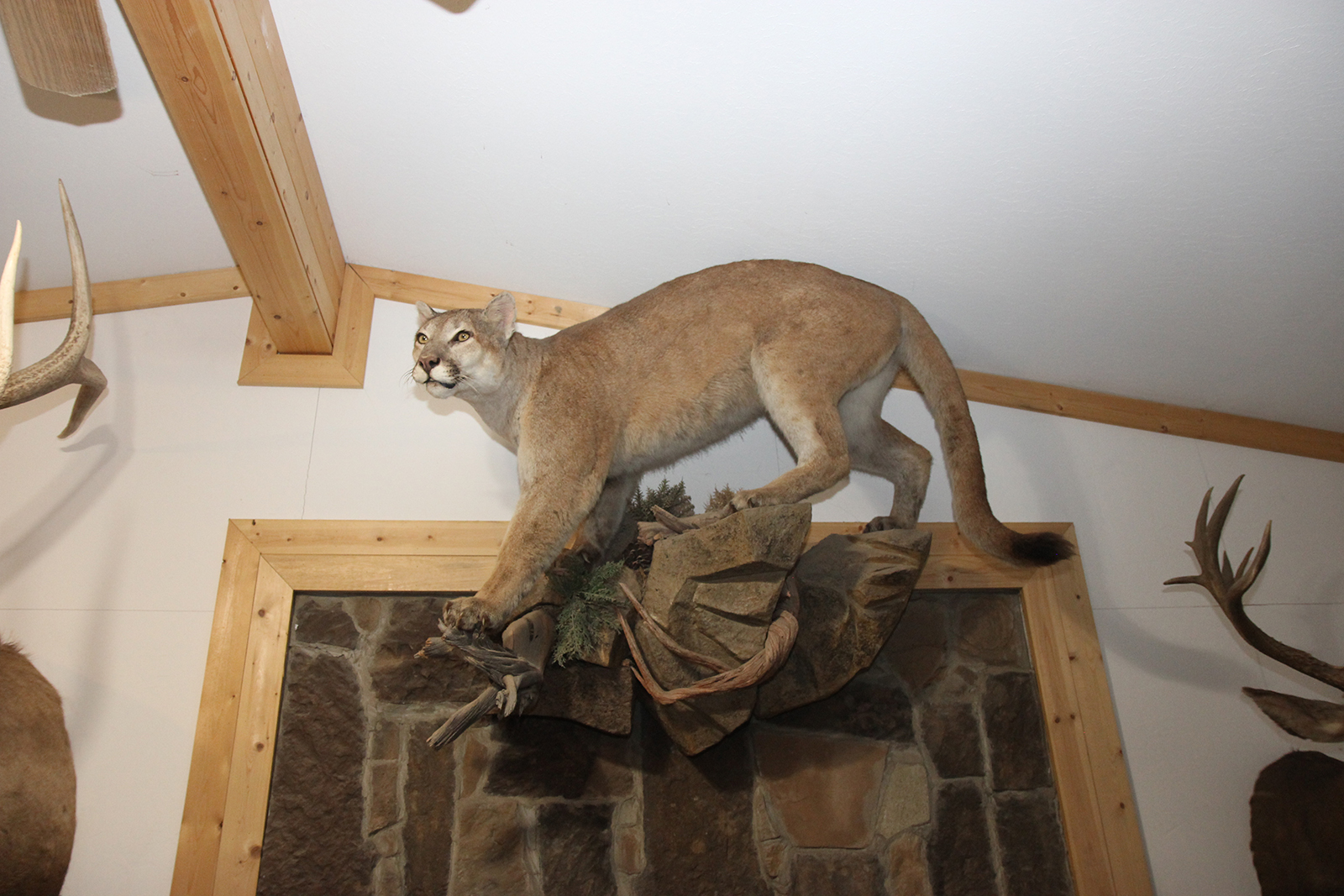
In-Depth
Uranium Mill Tailings Legacy Continues
Real estate agents haven’t always disclosed existence
of radioactive material

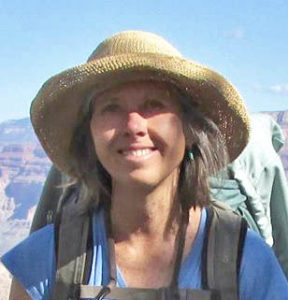
by Sharon Sullivan – 4.7.2021 – 20 min. read
Salt Lake City native Jim Moore was aware of Grand Junction’s uranium mill tailings legacy when he moved to western Colorado in 1981. However, it wasn’t on his mind, nor did the seller or real estate agent mention the presence of radioactive mill tailings when he bought a house there in 2010. He’s not alone.
From the 1940s through the 1970s, uranium was refined to make atomic weapons, which produced huge piles of radioactive waste in Colorado, Utah, Arizona, New Mexico, and Wyoming. Tailings piles sat unprotected for nearly two decades at some mill sites where private citizens and contractors would come load up pickup trucks with the free sandy material to use for construction or landscaping purposes. Uranium mill tailings consist of ground-up ore, radioactive elements, and, potentially, other heavy metals.
Unwittingly, people who lived near mills in Colorado and Utah used the tailings in foundations and walls, or as a soil amendment to break up clayey soil. Municipalities used the contaminated dirt as filler underneath sidewalks, streets, and around utilities.
Moore learned his property was contaminated after he tried to sell the house in 2019, after a real estate agent requested a mill tailings report from the Colorado Department of Public Health and Environment (CDPHE). Anyone can contact the CDPHE to check the status of surveyed properties. Moore’s prospective buyer backed out when he learned radioactive material was buried on the property.
According to the Department of Energy (DOE), the greatest threat to public health and safety is presented by the radioactive decay process of tailings material into radium and radon-222, an inert gas which may cause cancer or genetic mutations. Tailings also emit gamma radiation (high-energy x-rays) which can cause cancer, as well. The former Climax uranium processing mill in Grand Junction stopped allowing people access to the tailings after a 1966 study found elevated levels of radon-222. By then, thousands of nearby “vicinity” properties had already been contaminated.
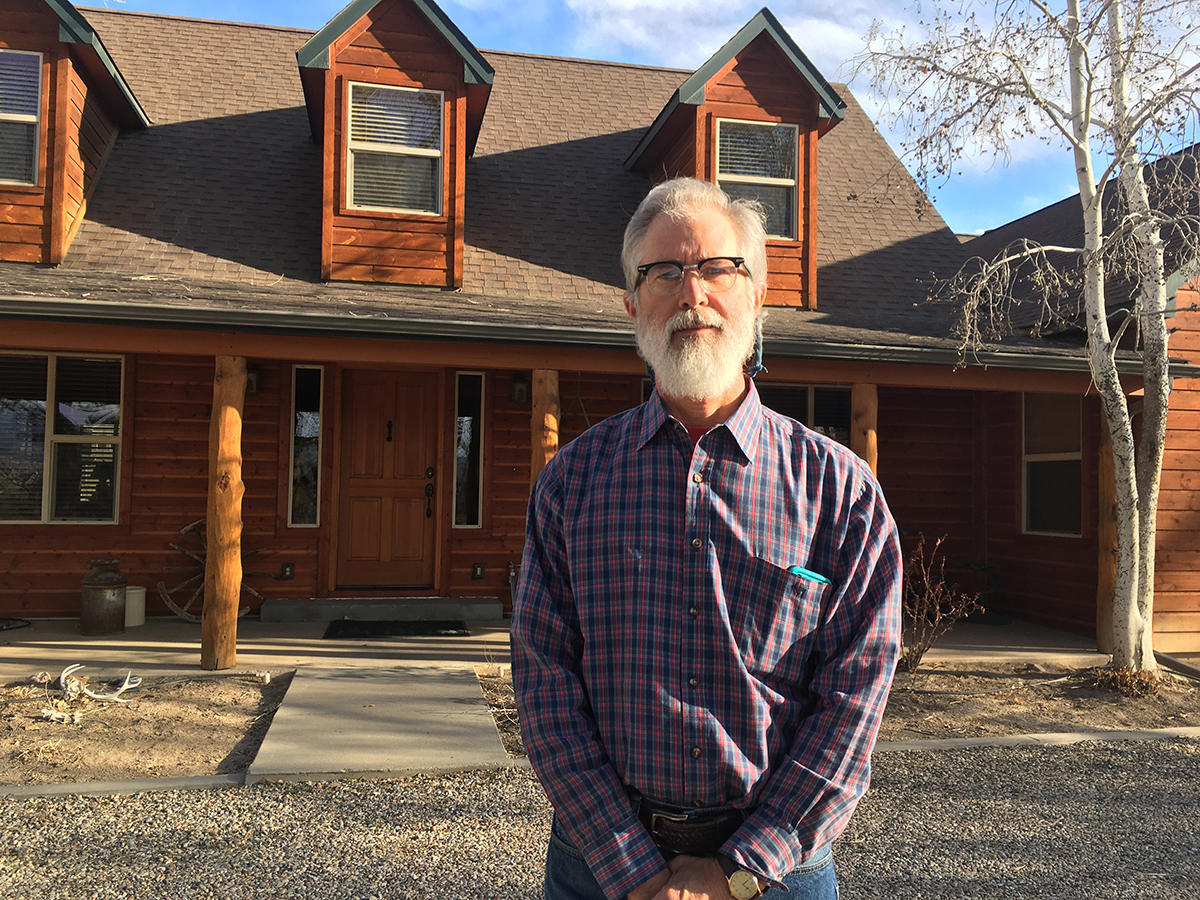
Colorado’s Mesa County Health Department Community Health Needs Assessment for 2018-20 show the county (which includes Grand Junction) with a higher death rate for lung cancer with 41.4 people per 100,000 dying from the disease, compared to 28.5 per 100,000 statewide between 2013-15. Though, the health department reports the higher cancer rates could be attributed to a greater number of smokers in Mesa County.
State and federal remediation programs removed radioactive tailings from some Grand Junction properties, although not all. The more stringent DOE Uranium Mill Tailings Remedial Action (UMTRA) project, from the mid-1980s to 1998, cleaned up twenty-two inactive mill sites and their vicinity properties where radiation and radon levels exceeded safety standards. Grand Junction had the most contamination —4,266 remediated properties met the cleanup criteria compared to Durango’s 129 and Monticello’s 424. Monticello, Utah properties were remediated under a U.S. Environmental Protection Agency-administered Superfund program where participation was mandatory.
Remediation under UMTRA was voluntary, however, resulting in many “owner refusals”—people who wouldn’t allow government contractors on their property to survey for elevated levels of radon or gamma radiation, or to remove any existing mill tailings. They didn’t want the disruption, and some discounted the hazards. There were 361 notations of owner refusals, sixteen of those outside Mesa County, and five in Durango, said CDPHE environmental protection specialist Joel Doebele.
Tailings were also left in place if certain criteria were met, such as if the indoor space was uninhabited or well-ventilated, or if tailings were outside where radon could not accumulate. Additionally, tailings remain on properties where the cleanup cost would have exceeded the value of the structure. These exceptions have left subsequent generations with contaminated properties.
Hundreds of Mesa County property owners contact the CDPHE each year to check for tailings, with approximately 100 of them seeking further assistance in identifying and removing the waste from their property. The DOE supports the ongoing cleanup efforts by managing the Grand Junction Disposal Site (GJDS), formerly known as the Cheney Disposal Cell, 18 miles south of town.
Jim Moore owned a backhoe and a dump truck and decided to dig out the tailings himself—with guidance from the CDPHE, who loaned him a gamma radiation survey meter. As he walked the property, the handheld meter clicked and pointed to a calibrated reading that corresponded to the number of gamma rays hitting it—showing him where to dig. He drove three pickup loads of contaminated material to the Grand Junction interim disposal site after the CDPHE made sure he had captured all the contaminated dirt. “If I had hired someone it would have cost thousands of dollars,” Moore said. “Fortunately, I could do it myself.”
The White Mesa Uranium Mill in Utah, between Bluff and Blanding, is the only conventional uranium mill still operating in the United States. UMTRA built 19 disposal cells to stabilize and contain the waste removed from the 22 inactive mill sites and their vicinity properties. Those cells are located predominantly on Colorado’s Western Slope, and in New Mexico, Arizona, and Utah; they also exist in Texas, Idaho, Oregon, and Pennsylvania.
All of those disposal cells have been permanently capped except for the Grand Junction Disposal Site, which is licensed to accept tailings from Arizona, Utah, New Mexico, Wyoming, and other affected Colorado Western Slope communities. States pay for the disposal, but remediation and delivery of contaminated material to a disposal location are paid for by property owners and by municipalities.
The GJDS was set to close in 2023, which meant it would have stopped accepting materials in fall 2021 to begin the process of permanently capping the facility. However, in December 2020, with a remaining capacity of 223,000 cubic yards (the site currently holds 4.5 million tons of contaminated waste), the GJDS was reauthorized to remain open for another ten years.
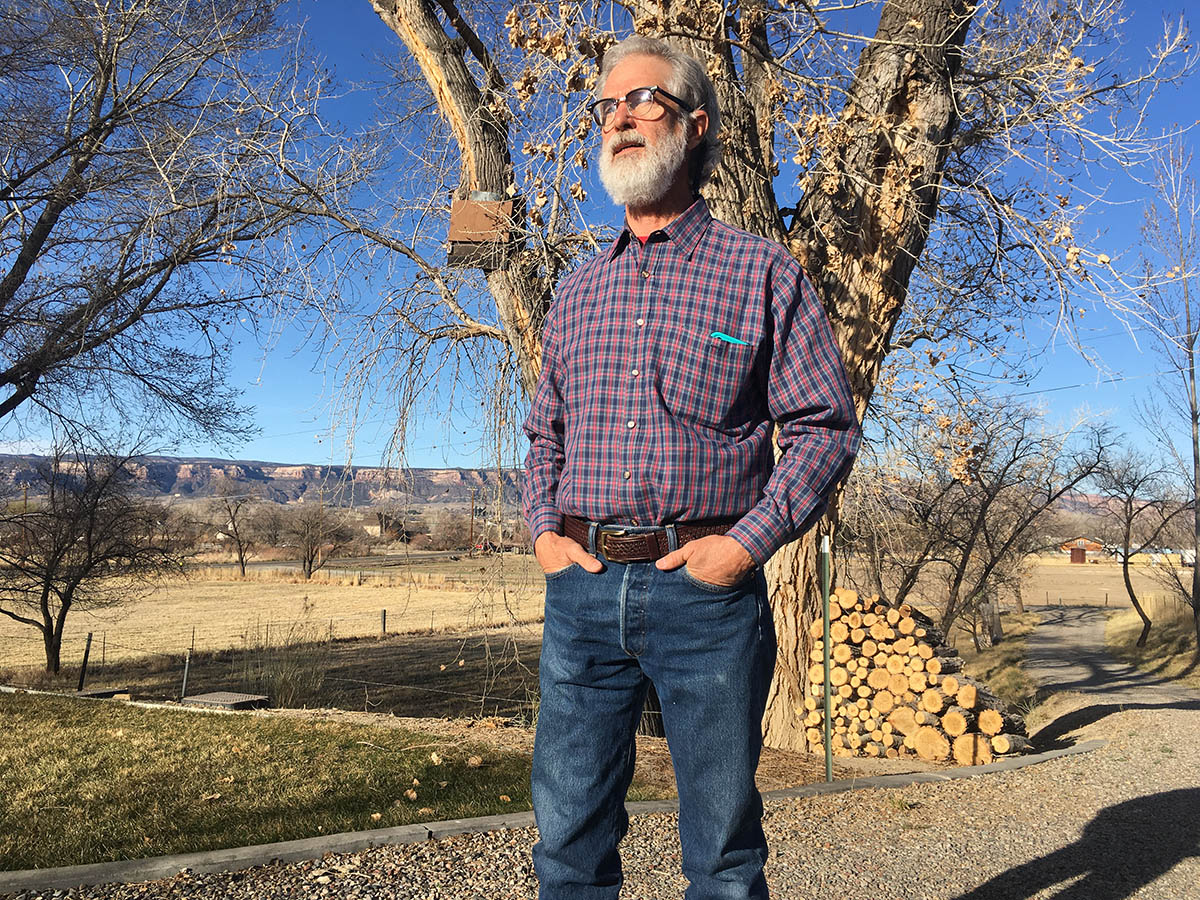
More than a million cubic yards of tailings were used as fill material in roads and along utility corridors in and around Grand Junction, and Congress recognized that the contaminated dirt could be disturbed during future excavations for repairs. To protect its workers, the city often removes tailings during infrastructure upgrades—which happens a few times a month during construction season, said Grand Junction Public Works Director Trent Prall. Closure of the GJDS would entail “enormous transportation costs and disposal fees to truck it to a licensed commercial facility in Clive, Utah,” he said. Energy Solutions’ Clive Disposal Facility in Utah is approximately 75 miles west of Salt Lake City and roughly 400 miles from Grand Junction.
Congress noted in its disposal site reauthorization that private property owners would likely be dealing with the waste for the foreseeable future—a reason the CDPHE supports keeping the Grand Junction Disposal Site open. “I did a calculation when we didn’t know if the site would remain open,” said Mike Cosby, CDPHE environmental protection specialist. “If we disposed 3,000 cubic yards (a typical amount delivered to the GJDS every couple of years or so) to Clive—not counting transportation fees— it would cost over $2 million.”
Nondisclosure
Grand Junction resident Jason Smith learned there were mill tailings in the crawl space and in the mortar of the brick veneer on his home’s exterior after purchasing his property in 2006.
Smith found gamma radiation entering the living room was five times the background level. Radon was also entering the house from mill tailings packed in the crawl space. “It worried me,” said Smith, whose daughter Grace was six at the time. Smith works for a company that manages and collects data from old mines; his wife is a teacher.
Like Moore, Smith decided to remove the tailings himself. Wearing a respirator, Smith chiseled off the bricks and mortar onto a tarp spread out on the ground. CDPHE instructed him to keep the debris wet to cut down on toxic dust and to wash all his tools and himself afterward. He borrowed a dump truck to make three trips to Grand Junction’s in-town interim disposal site to dispose of the waste. “If the GJDS hadn’t been available to use it would have been cost-prohibitive,” said Smith, echoing others.
Smith dealt with the crawl space tailings by adding ventilation, and insulation in the floor to deal with the resulting cooler temperatures. “We have a radon meter here at the house,” he said. “I go around and clean off the vents for adequate air flow. Radon mitigation will have to be maintained as long as the house is here. You can’t just do it once. Vents must be cleaned; you must have a cross flow of air otherwise radon will come up through the house.”
Although cleanup legislation in the 1970s included a requirement that land documents be annotated regarding the existence of tailings, the rule was never implemented due to local opposition that it would affect property values, according to a 1999 Environmental Law Institute Research Report.
Cosby and Doebele offer informational seminars for the real estate industry so they’ll know to check for and disclose the existence of mill tailings to prospective homebuyers. The CDPHE keeps records for more than 72,000—and growing—properties, and encourages buyers and sellers to order mill tailings reports on specific properties.

Sam Marso and his wife Audrey were dismayed to learn there were radioactive tailings on their Grand Junction property two years after they bought their house in 2008. They found documents in the basement left behind by the previous owners.
“We would never have bought it,” Sam Marso said. “There’s a stigma; we didn’t know if it was safe. We hired an attorney, navigated the legal system. There was no case law for this exact situation. It was [an] uphill battle.” Ultimately, he and his wife reached a settlement with their real estate agent and her employer for nondisclosure.
Whether it’s fear of litigation, increased awareness, or the fact that it’s become easier to obtain mill tailings reports, real estate companies in Grand Junction are requesting the tailings reports more often than they did in the past. Former CDPHE program assistant Kate Elsberry made it easier to retrieve the reports by spending the past five years digitizing all the records. Prior to that, anyone wanting to know the tailings status of a property could come to the downtown office where Elsberry would pull up a report on microfiche, scan it, and charge a nominal copying fee for the report. Now, reports are simply emailed. “That really increased the requests,” Elsberry said.
Interim disposal
Jason Smith had learned there were mill tailings on his property after he sought a building permit to add on to his house. Mesa County adopted a policy in 1971 requiring a gamma survey and the removal of any tailings before issuing a building permit. “We wanted to ensure anything built from that point forward was not built on top of tailings,” Doebele said. He and Cosby would like to see other affected counties adopt the building permit requirement for the safety of its citizens, but that hasn’t happened. Requiring a survey before a remodel or construction project would prevent people from unknowingly adding a structure on top of radioactive material.
Cosby meets property owners like Smith and Moore—or a hired hauler—at the interim disposal site on city property to accept removed material and ensure the truck is clean after dumping the tailings. Every couple of years or so, the state health department then takes the accumulated waste to the GJDS for permanent disposal.

According to historical records, Durango has several contaminated public and private properties. Doebele and Cosby proposed a Durango interim disposal site for La Plata County on Colorado Department of Transportation property near the Colorado-New Mexico border so people wouldn’t have to pay to transport the waste to the Grand Junction facility 200 miles away. However, in 2019, the County Planning Commission recommended against it, said La Plata County spokeswoman Megan Graham. “There was significant public outcry about it,” she said. “Citizens were very concerned about it.”
There are opponents to the GJDS, as well—such as Grand Junction resident Janet Johnson, who would rather see the radioactive waste trucked to Crescent Junction, Utah, where the DOE built a disposal cell to accept tailings from Moab’s former Atlas uranium mill site. A huge tailings pile lies next to the Colorado River in Moab.
The Grand Junction Disposal Site is bordered by Bureau of Land Management property on three sides, is double-fenced, has cameras, and signs warning to “keep out” and that the area is contaminated. The DOE monitors the site weekly and the CDPHE inspects it every year. “We have not found any groundwater, soil, or wind-blown contaminant,” Cosby said.

Phil Egidi, who worked for the CDPHE before accepting a job at the EPA in 2011, said it would be riskier to dig up the GJDS tailings and truck it elsewhere. “We’re isolating it,” he said. “It’s safer there than in someone’s backyard emitting gamma rays, or breathing in the dust (from illegally dumped tailings) in the desert.”
Before leaving the state health department, Egidi spent a week traveling historical mining roads in Mesa and Montrose counties measuring gamma radiation while driving 10 MPH. He was responding to Mesa County Road Department concerns for employees working on roads embedded with mine rock. The majority of the roads surveyed showed readings within 10 times background count rate ranges. “I was up there (in the West End) for about a week,” Egidi said. “I saw three pickup trucks, one bear, and eight people driving ATVS, kicking up dust, breathing that stuff in.”
Smith may never have learned that radiation was leaking into his home if not for Mesa County’s building permit requirement.
“Everybody reacts differently to radiation,” he said. “Low concentrations found in vicinity properties are not measurable. You can’t tell who is going to get cancer; who is susceptible. That’s why I wanted to get rid of it. I didn’t know what would happen to us long-term. What made me so upset, I was able to buy this house without knowing it had tailings on the property.”
Republish
Republish Our Content
Corner Post's work is available under a Creative Commons License and under our guidelines:
- You are free to republish the text of this article both online and in print (Please note that images are not included in this blanket licence as in most cases we are not the copyright owner) but:
- you can’t edit our material, except to reflect relative changes in time, location and editorial style and ensure that you attribute the author, their institute, and mention that the article was originally published on Corner Post;
- if you’re republishing online, you have to link to us and include all of the links in the story;
- you can’t sell our material separately;
- it’s fine to put our stories on pages with ads, but not ads specifically sold against our stories;
- you can’t republish our material wholesale or automatically—you need to select stories to be republished individually;
- you have to credit us, ideally in the byline; we prefer “Author Name, Corner Post,” with a link to our homepage or the article; and
- you have to tag our work with an editor’s note, as in “Corner Post is an independent, nonprofit news organization. See cornerpost.org for more.” Please, include a link to our site and our logo. Download our logo here.
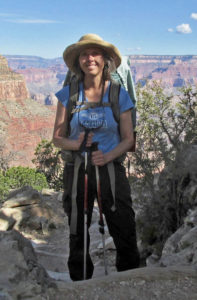
Grand Junction, Colorado-based freelance writer Sharon Sullivan has lived on the Colorado Plateau for more than 30 years, including Flagstaff, Arizona and Grand Canyon’s South Rim and Phantom Ranch.
Her stories have been published in Colorado Country Life, Spoke & Blossom, Toastmasters, The Colorado Sun, Moab Sun News and other magazines and newspapers. She also writes for nonprofit organizations such the Colorado Trust Foundation. She holds a bachelor’s degree in mass communications from Colorado Mesa University, with a minor in Spanish from Northern Arizona University’s Spanish Immersion program.
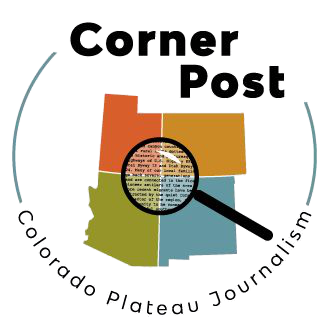
 Corner Post is a member of the Institute for Nonprofit News—a nationwide network of independent, nonprofit, nonpartisan news organizations. Learn more at
Corner Post is a member of the Institute for Nonprofit News—a nationwide network of independent, nonprofit, nonpartisan news organizations. Learn more at  Our stories may be republished online or in print under
Our stories may be republished online or in print under 